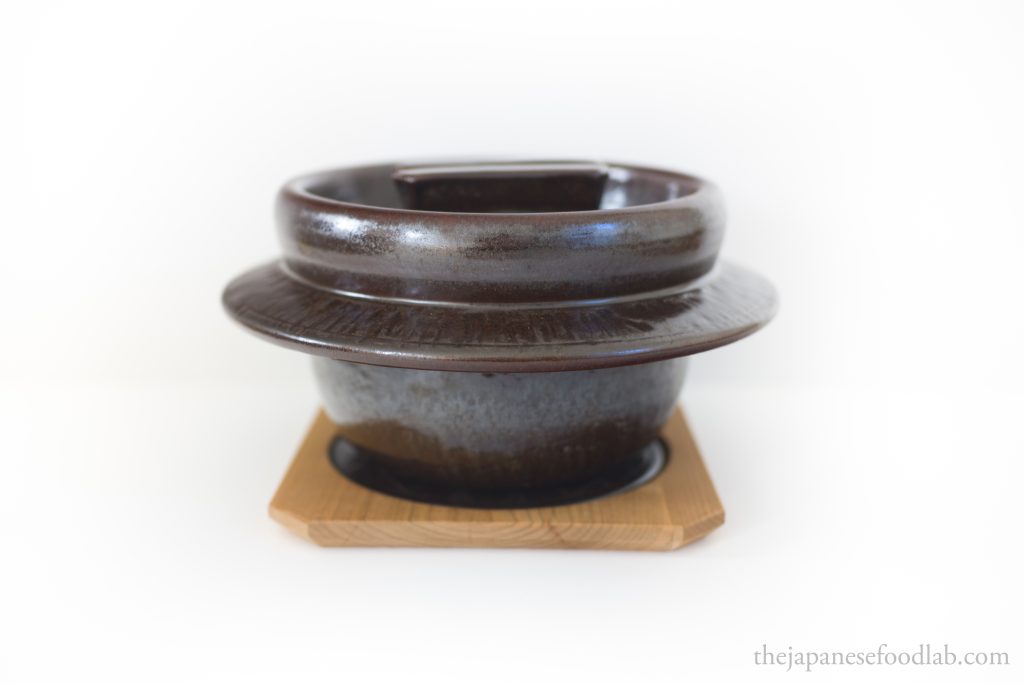
Having written articles on two legendary brother clay pot makers in Japan, Nakagawa Ippento (中川一辺陶) and Nakagawa Isshiro (中川一志郎), I’m excited to finally write an article on Rokunabe (六鍋) by Kooichi. Claypots under the brand name Rokunabe have been appearing more and more in the Japanese dining scene. This is by no means a coincidence as to anyone deep in the world of Japanese donabe, it’s not hard to figure out that Koochi is most likely the now independent, former disciple of Nakagawa Ippento.
Whilst this information is not available anywhere on the internet or on his website, rokunabe’s claypots are fully glazed all around, a secret technique that was previously known to be used by only the Nakagawa brothers. Completely glazing the exterior of a claypot allows high heat to be immediately applied to the pot without the risk of it cracking, allowing it to cook rice differently from other traditional clay pots. This is the reason why many of Japan’s most famous culinary establishments have been long-time patrons of their earthenware pots.
For him to be then using the same technique, he would have had to learn it from one of the brothers. According to the Rokunabe website, Kooichi (a pseudonym) started his career as a ceramic artist in 2006 working in pottery in Shigaraki, Shiga Prefecture (滋賀県甲賀市信楽町). Whilst the name of the pottery is not named, this is the same location as Nakagawa Ippento’s pottery. Putting two and two together for people to figure out that he is the former disciple of Nakagawa Ippento isn’t a huge secret, but instead of simply flaunting the name of his famous teacher, I believe he doesn’t publicise this fact but let his products speak for his genuine craftsmanship.
Before going independent and starting the brand Rokunabe in 2016, he was already invited to hold several solo exhibitions, meaning that he was already building a name for himself long before he went independent. He came up with the name Rokunabe to encapsulate his six principles for this new venture (as the word roku [六] means six in Japanese).
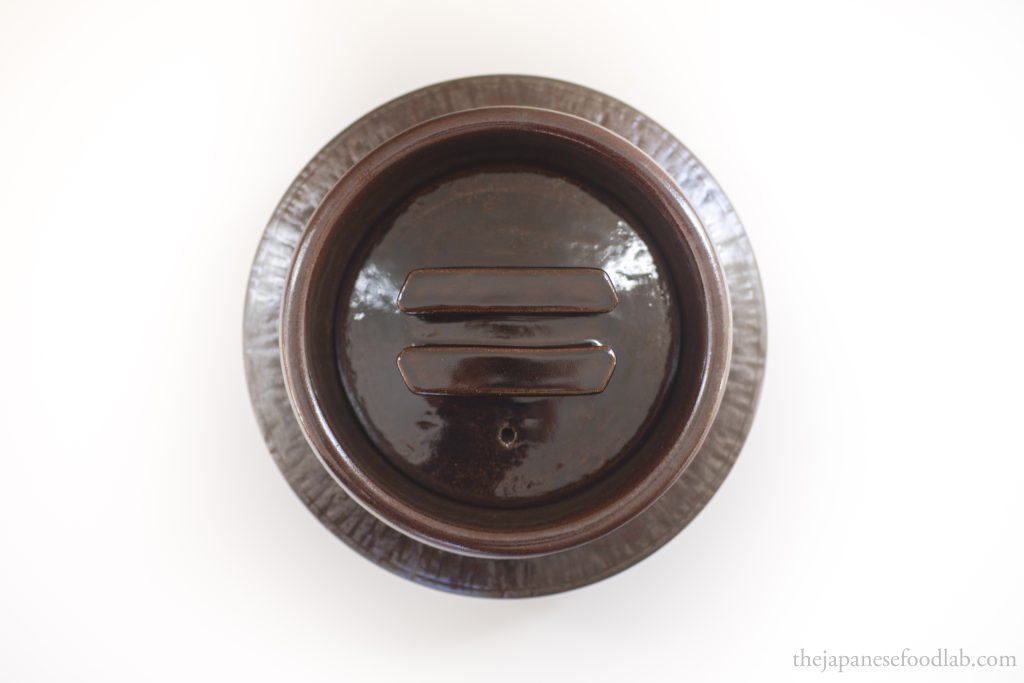
(1) Fire resistance and heat resistance 耐火・耐熱
To make his clay pots as fire and heat resistant as possible, he has come up with his own proprietary blend of clay, using clay from Iga and Shigaraki in Japan as well as a unique addition of clay from Zimbabwe, Africa. He believes that this blend has allowed him to make pots which are far stronger and more durable compared to others. Both the Nakagawa brothers are famous for the clay used in their pots, with Nakagawa Ippento using Shigaraki clay specially stored and aged in high humidity, and Nakagawa Isshiro having brought an entire mountain just to harvest clay from. However, what makes Kooichi’s blend interesting is that he’s chosen to not follow in the footsteps and use clay solely from Shigaraki but blend it with clay from Iga (伊賀市) and even more unheard of, from Zimbabwe!
Iga, located in Mie-Prefecture (三重県) is already famous for its clay that is said to have originated from Lake Biwa (琵琶湖) but had then shifted through the rivers. As such, this clay is said to have a high content of organic matter which incenerates and burns up during the heating process, leaving many many tiny holes of air which aid in the pot’s ability to retain heat. (On a side note, the most famous clay pot maker from Iga is Nagatanien, though my personal favourite is Koubou Kiln who makes the same product but much higher quality).
(2) Fully glazed (glazed to the back of the pot) 全釉(鍋の裏まで釉薬)
Whilst we’ve mentioned this briefly before, it’s worth re-emphasising how rare it is for claypots to be fully glazed, especially at the bottom. If you look at pots by famous makers such as Nagatanien or Anrakugama, even the bottom of their pots are left unglazed, as it’s the bottom part that will be exposed directly to the flame. As they’re not glazed, the recommendation is to use medium heat at the beginning so that the thermal shock to the pots do not cause them to crack. With his pots, you can immediately start with a high heat, which according to Koochi is crucial to the gelatinization of rice which is one of the important tricks to making delicious rice.
(3) Long lasting and durable 割れにくい(長持ち)
From my experience of using donabe pots daily, many become more and more brittle with use as the constant heating and cooling of the clay seems to have a long term structural effect on the pots. The design of rokunabe’s pots, with the full glaze, makes the pot much more durable compared to the others. It’s worth nothing that this is very noticeable when used in a commercial setting where the wear and tear on the pot is much greater. If you’re only cooking rice once or twice a week, then you might not notice the difference.
The complete glaze also allows for significantly easier cleaning as char marks from the fire simply wash off. The glaze also protects the pot from mold growth, which can be rather problematic if you don’t dry your donabe after washing or live in a humid place.
His donabe also does not need to be seasoned before use unlike most other donabe which require you to cook porridge in them before use to seal up any leaks. The only drawback of a fully glazed claypot is that the glaze can start to flake off if the pot is not allowed to naturally cool after use, but is instead washed immediately, as water will cause the rapid cooling and shrinking of the pot, damaging the glaze on the outside.
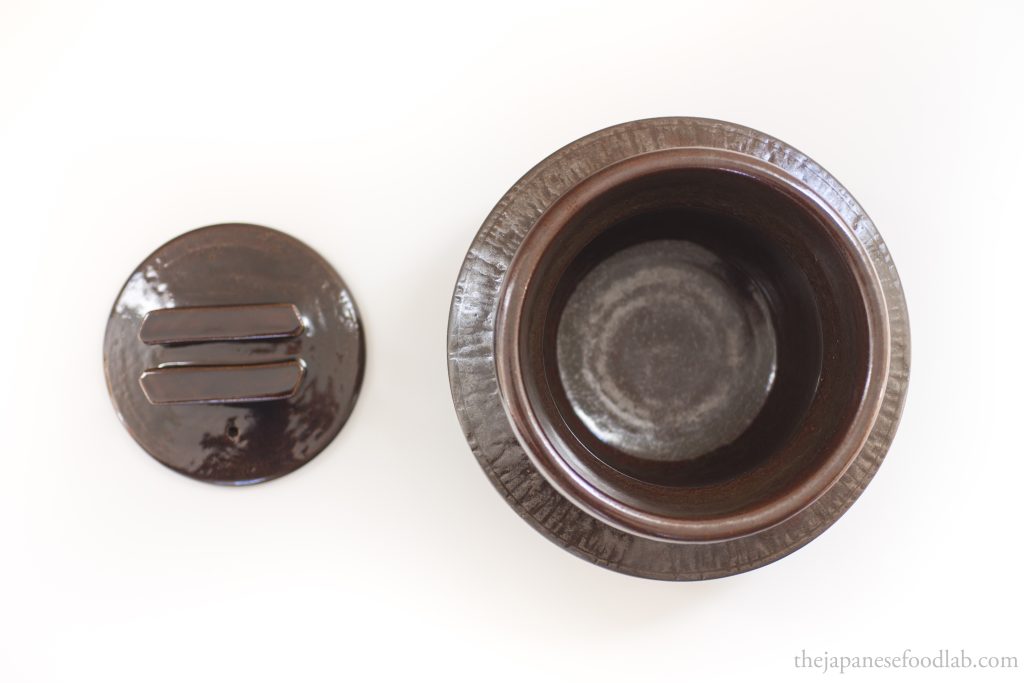
(4) Completely handmade with craftsmanship 匠の技で完全手作り
Kooichi takes pride in the fact that every single of his claypots are made by hand, which is evident from the rough texture of the clay itself that cannot be made from a machine.
(5) Achievements 実績
The claypots that Koochi makes are a result of his pursuit of perfection through many years of experimentation. He has constantly taken in feedback from his customers and has a client base that has used his pots year after year. He is proud of how his claypots have become his customers’ choice after spending time and effort to build the relationship.
(6) semi order セミオーダー
Whilst the direct translation of セミオーダー means ‘semi order’, a more accurate translation is ‘semi-bespoke’. All rokunabe claypots seek to strike a balance between incorporating what the customer wants whilst maintaining the design features that are crucial for cooking delicious food. As such, whilst the fundamental design of the claypots cannot be changed, Koochi is more than willing to take on customer requests such as changing handle designs, lids or colours. They are also more than happy to take replacement or repair orders if the pot is chipped or the lid is broken as they want each claypot to last as long as possible.
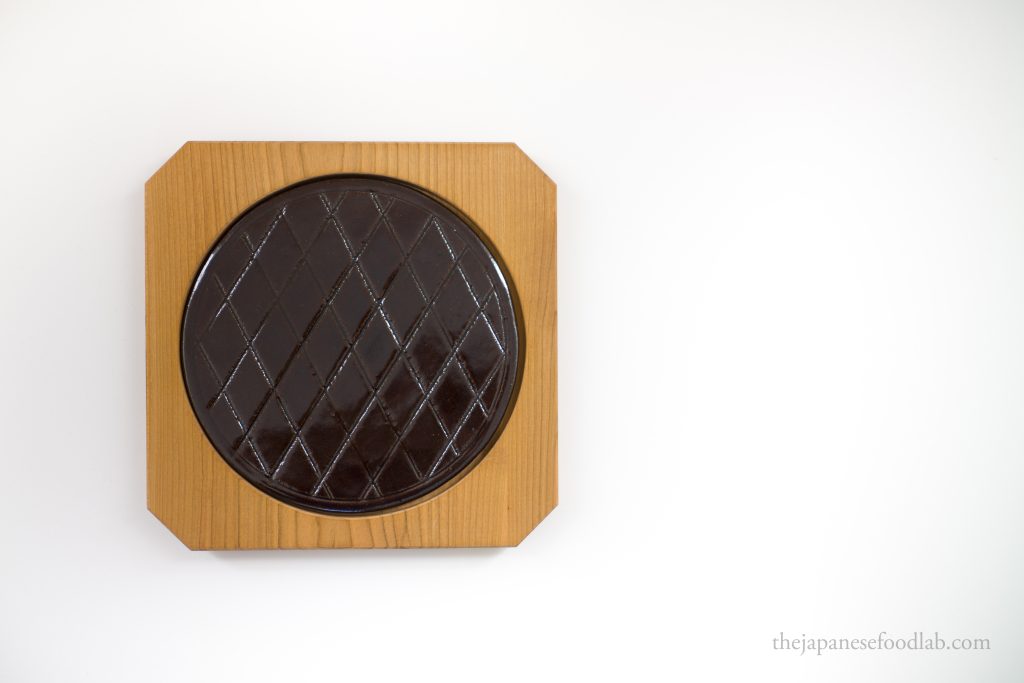
How to cook rice using Rokunabe’s claypots
Just as the Nakagawa brothers’ claypots are fully glazed, they all have the exact same unique cooking method which involved a strong flame at the start.* To Summarise, it is cooking the rice for 10 minutes on high heat, 10 minutes on low heat and then 10 minutes without the heat on. The first 10 minutes of heating should be so strong that the pot is vigorously bubbling with steam coming through the lid in the 9th or 10th minute. Then flame should then be turned down to the lowest setting possible without going out, and then left for another 10 minutes. This is simply to maintain the total amount of heat in the pot as the pot loses heat to the environment. In the last 10 minutes, the rice will have absorbed most of the water and so we simply switch off the flame to allow the rice to steam in the residual heat.
If you want the additional slightly charred rice at the bottom of the pot (okoge/お焦げ), simply increase the initial high heating from 10 minutes to 11 or 12 minutes, depending on how charred you like your rice.
Koochi also strongly believes that learning to control the heat such that the pot starts boiling exactly at the 10 minute mark is crucial for bringing out the characteristics of the rice. As the claypots can immediately be subject to high heat, there is a possible pitfall where the heat is so strong that the rice comes to a boil before the 10 minute mark. While this does not cause damage to the pot, the resulting rice may not taste as good.
*Using a high heat straight off the bat with other donabe pots which have unglazed bottoms risks scorching the bottom of the pot at best, or cracking your pot due to thermal shock at worst.
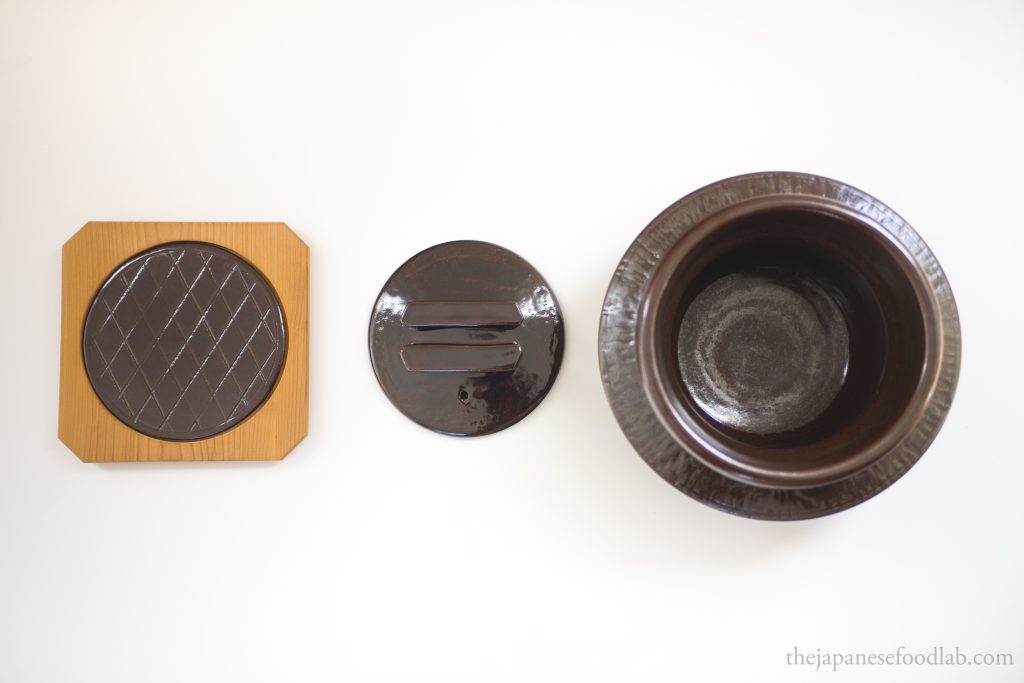
Further features of note
Just like the Nakagawa brothers, they deviate from the traditional double lid rice cooker design by having a single lid that is substantially heavier so as to maintain the pressure on the rice. The claypots are also designed to work as an ohitsu where rice is served directed from the pot at the table and is able to keep the rice warm for a short duration of time.
Koochi also claims that in his claypot, each grain of rice is heated evenly such that the grains stand upright in the pot when cooked. The surface of the cooked rice should also have ‘crab holes’ which is elaborated more in this article on rice miola.
Care instructions
To ensure the longevity of your claypot, make sure that after the rice is removed, the pot is allowed to come down naturally to room temperature before washing. Do not wash or submerge the pot in cold water before it fully cools as it shortens the pot’s lifespan. Using a soft sponge is also recommended over more abrasive scourers.
The claypots should also be dried after washing to prevent mould growth if you live in a humid place. Otherwise, you can also store used dried tea bags in the claypot to soak up any excess moisture.
If mould has started to grow in your donabe, wash away as much mould as possible with a soft sponge. Then, fill the pot with water and add a few tablespoons of vinegar and bring to a boil for around 10 minutes.
If you accidentally burn food inside the claypot, the recommendation is to fill the pot with water and let it soak overnight before trying to gently wash it away with a sponge. Do not use any metal or straw scrubbers as you risk damaging the glaze. If it still doesn’t come off easily after an overnight soak, fill the claypot with water, add in 3 tablespoons of baking soda, stir to dissolve and then bring to a boil. Leave the pot filled with the baking soda solution overnight before cleaning with a sponge again.